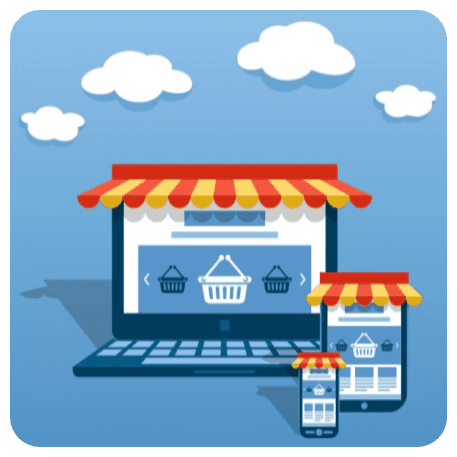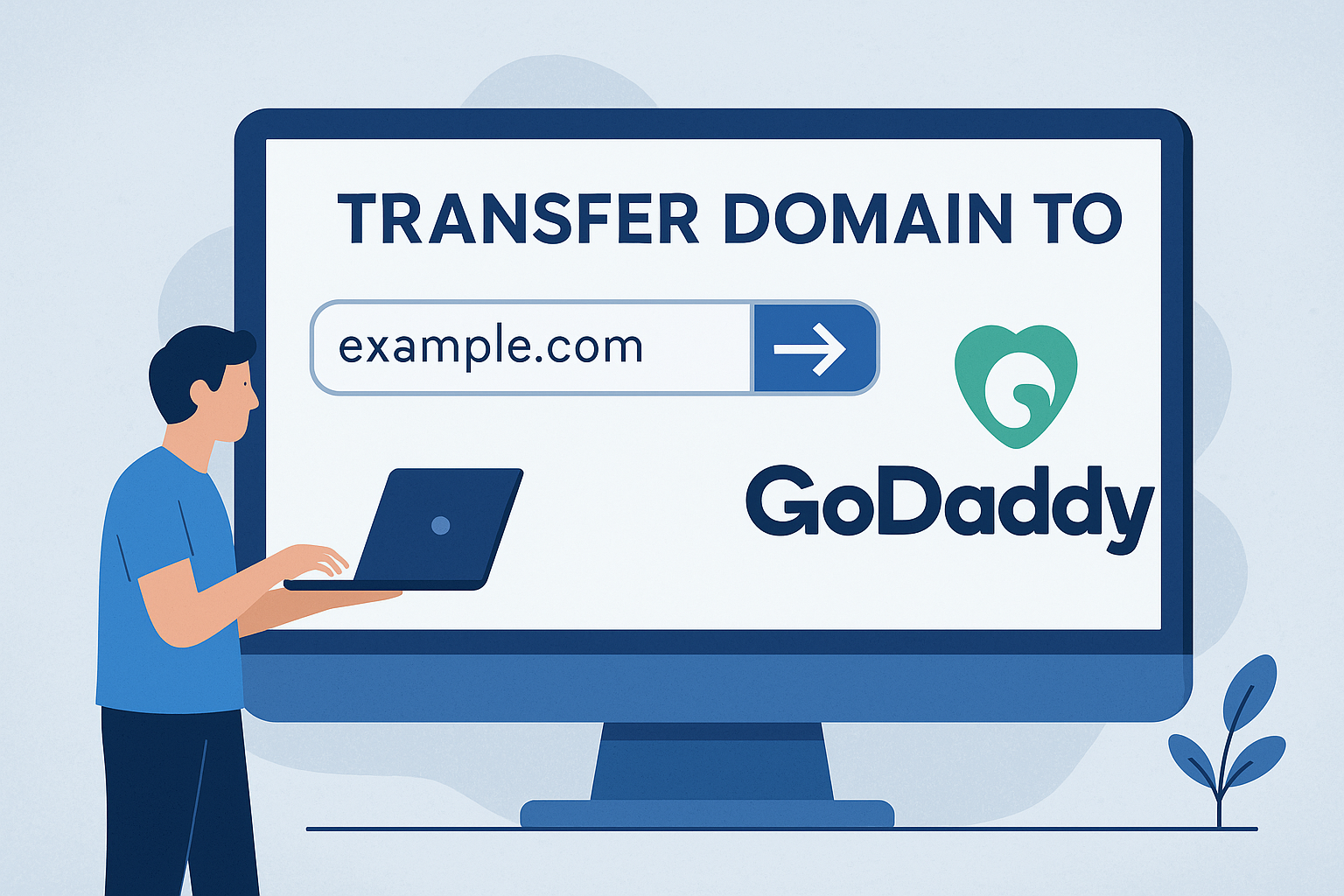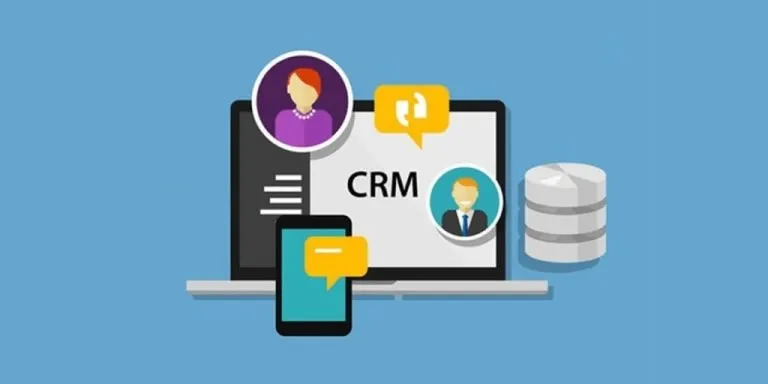Advertising disclosure
Hosting Canada is community-supported. We may earn a commission when you make a purchase through one of our links. Read Disclosure.
How to Start an Online Business in Canada: A Simple Guide
![]()
Not long ago, starting a brick-and-mortar business was for the few with deep pockets and the right contacts. High start-up costs and connections were crucial barriers. Today, the internet has changed the game, turning attention from mere access to the nuts and bolts of how to start an online business.
That said, hurdles remain. You need a standout product idea, a smart approach to sourcing or production, and a sales strategy that actually delivers.
To make things easier, I’ve dug into how to start an online business in Canada and compiled a straightforward, step-by-step checklist to guide you through every stage.
Easy Steps to Starting an Online Business in Canada
Step 1 – Define Your Niche and Business Idea

Before diving into the digital business arena, you need clarity on two fronts: what you’ll sell and who you’re selling to.
Start by identifying your niche—the specific market you aim to target, be it a certain industry, a demographic, or a group with specific interests. Next, define what your business will provide.
Think about it: What problem does your product solve, and who benefits from your solution?
This focus is key to standing out rather than blending into the vast online crowd. Dedicate time to pinpoint exactly what makes your business unique.
To get your ideas flowing, here are examples of different types of online businesses:
1. Open a digital storefront
Ecommerce has become increasingly popular in recent decades. In fact, Canada’s ecommerce revenue is set to grow at 9.76% annually and reach US$104.40bn by 2029.
To achieve this, nail down your niche, pick a platform like Shopify, BigCommerce, and WooCommerce, or jump onto online marketplaces like eBay, Etsy, or Amazon, set up your store, and start bringing in traffic. Here’s our take on the top 7 ecommerce products you can explore.
2. Jump into affiliate marketing
If you don’t plan on creating your own products, you can promote someone else’s and earn commissions on every sale through affiliates.
To get started, sign up for an affiliate program, pick a product to promote, and share your referral link on outlets like a blog or email newsletters. The best part? The startup cost is super low—you only need a domain, hosting, and email marketing software to get going.
3. Try out drop-shipping
Drop-shipping means that when a customer orders from your store, you pass the order to the supplier, and they ship it straight to the customer. This means you can sell physical items online without ever having to stock up on inventory or suffer the cost of managing it.
4. Start a blog
If you’ve got a way with words, then I highly recommend you start blogging. It can help you build an audience, and from there, you can sell your stuff, promote affiliate products, or snag brand deals for some easy, passive income.
5. Provide web design solutions
In case you don’t have a background but are interested in offering web design and development, you can still learn the basics through online courses or just by diving in and experimenting. Then, set up a portfolio site to show off your work and start landing clients, or sign up on freelance sites like Upwork.
Step 2 – Explore the Feasibility of Your Exciting Business Idea
Even the best online business ideas can tank if there’s no real demand. If people aren’t ready to pay for the solution you’re pitching, you’re just burning cash. Seriously evaluate your concept—does it really hold water? Here’s how to do exactly that:
| Business Startup Steps | Details |
| Research your market | Investigate trends, high-performing keywords, and demand. Identify current social media trends, customer pain points, FAQs, and sentiment. Discover what content ranks best in your niche. |
| Analyze competitors | Study competitors’ strengths and weaknesses. Learn from their successes and shortcomings to carve out a unique position in the market. |
| Evaluate costs and revenue | Estimate startup and operational costs. Calculate expenses such as production, marketing, and overhead. Project revenue to assess profitability. |
| Create a minimum viable product | Develop a basic version of your product or service to test. Test the MVP with a small audience for feedback and proof of concept before making your first online sale. |
| Check legal and regulatory needs | Ensure your business complies with necessary laws and regulations. Research licenses, permits, and legal requirements that apply to your industry or region. |
Step 3 – Master the Game: Design Your Business Strategy for Growth
Once you’re confident in your idea, the next step is to create a solid blueprint before starting an online business.
You might feel like you’re wasting your time at this point, but trust me, it’s not. This will help you a ton in the long run with so many aspects, including tackling any challenges that come your way and setting yourself up for long-term growth.
Here’s a quick checklist to map out your strategy:
| Checklist | Task | Task Breakdown |
| ● | Set clear goals & clarify your vision | Define your business purpose, long-term goals, and success—whether it’s revenue, growth, or market reach. |
| ● | Gather market insights | Analyze your target market, competition, and industry trends to ensure market readiness. |
| ● | Create a sales and marketing plan | Plan your customer retention approach and how you’ll promote your business—through social media, SEO, paid ads, etc. |
| ● | Set your budget | Outline startup costs, ongoing expenses, and forecasted earnings to ensure financial viability. |
| ● | Map out your financial roadmap | Project your revenue, expenses, and any potential funding requirements to manage your financial health. |
| ● | Define pricing strategy | Choose pricing that aligns with your value proposition and appeals to your target audience. |
| ● | Establish a timeline | Set a clear launch date and define key milestones to track progress and stay on schedule. |
Step 4 – Secure Financing Before Starting an Online Business
Once you’ve laid out your strategy and set your financial goals, including your budget, it’s time to secure the funds you need to get things moving. Are you thinking of funding this yourself, looking for investors, or considering small business loans?
Expert tip: Don’t forget to explore the Business Benefits Finder to see what government grants, programs, and services fit your business in Canada. If you’ve got a truly innovative idea, crowdfunding could be another route to bring your vision to life with the help of community backing.
Step 5 – Craft a Business Name that Stands Out in the Market
Now, you need a memorable name that will stick with your customers.
Here’s a handy guide on picking the right online business name.
Make sure the name you want isn’t just available as a domain for your website, but also as a username across social media platforms, ensuring it doesn’t step on any existing trademark rights.
Most importantly, double-check that you can register it as an official business name in your province or territory. A good start is to search through national name databases like:
Step 6 – Find the Perfect Business Setup for Your Success
Before starting an online business, you’ll need to choose the structure that best suits your company’s goals, and eventually, this will determine your legal and tax requirements. If you think it’s a tough decision to handle on your own, I highly recommend contacting your attorney or consulting a tax professional.
Tip: Small business owners and self-employed individuals in Canada are entitled to free tax help using the Canada Revenue Agency (CRA)’s Liaison Officer service. You can request a personalized in-person, phone, or online visit to learn about tax obligations, potential deductions, and bookkeeping basics while guiding you on avoiding common tax mistakes and leveraging CRA’s tools for better financial management. If you need help on filing your tax returns, then our reviews of the best tax software in Canada could help guide you.
Canada offers the following three main types of options:
| Aspect | Sole Proprietorship | Partnership | Corporation |
| Legal Status | No separate legal entity; business and owner are treated as one entity | No separate legal entity; partners are co-owners | Separate legal entity; owned by shareholders |
| Control | Complete control by the owner | Control shared as per partnership agreement | Controlled by directors and shareholders |
| Profits | All profits go directly to the owner | Profits shared based on partnership agreement | Corporation earns profits; dividends may be distributed or retained |
| Debts | Owner personally liable for debts (unlimited liability) | Partners are collectively and individually responsible | Corporation responsible for debts, not individual shareholders |
| Taxation | Owner pays taxes on business income as personal income | Partners are taxed individually based on their share | Corporation pays separate corporate taxes |
| Assets | Owner has full ownership of business assets | Partners jointly own assets as agreed in partnership terms | Corporation owns assets, no specific ownership by shareholders |
Once you’ve decided, you’ll need to register your business name with the government here.
Step 7 – Create an Innovative Website That Reflects Your Vision
Designing Your Website: The Basics
We all know how important a website is for a physical store, let alone an online business. After all, it’s the one place, alongside social media accounts, where your customers find you, see what you offer, and ultimately make purchases.
When creating your digital storefront or store website, I highly recommend starting off with using one of the best website builders for Canadians, like Yola, Wix, and Squarespace. Most of them don’t require any coding knowledge or expertise, but instead use pre-made templates and intuitive controls like drag-and-drop controls.
Otherwise, if you prefer more flexibility and customization, you can use one of the most popular content management systems (CMS) like WordPress or hire a developer to create a fully customized website for your online business, though at a much higher price tag. For a clearer idea of what this might involve, check out our guide on website development costs to see how much you should budget.
Hosting Options for Your Site
If you choose to build a custom site, you need to pick one of the best web hosting services in Canada with a reliable uptime guarantee and high-speed browsing. Essentially, you’ll rent server space to store the website, so visitors can access it 24/7.
Step 8 – Design and Execute Your Pre-Launch Marketing Plan
Now, it’s time to start drumming up attention for your new online business by developing effective marketing strategies. Start by choosing the right channels to connect with your audience, such as:
| Channel | Description |
| Social Media | Jump on Instagram, Facebook, X (formerly Twitter), LinkedIn, YouTube—get your brand out there. |
| Email Marketing | Reach your audience with updates, promos, and newsletters. |
| SEO (Search Engine Optimization) | Optimize your website content to rank higher in search results and help customers find you more easily. |
| Paid Advertising | Run targeted ads on Google, social media, or other platforms to target specific demographics and bring in the right traffic. |
| Influencer Partnerships | Collaborate with influencers to boost your brand’s visibility and credibility fast. |
Step 9 – Finalize and Launch Your New Venture
You’re nearly there! By this stage, you’ve fine-tuned your business idea, done your market research, set up your website, figured out production and delivery, and lined up a marketing strategy to spark interest in your launch.
Now, it’s crucial to test it all out. Go through every part of your online business thoroughly. This means checking that every feature works as intended and that the whole customer experience lives up to what you’ve envisioned.
| Checklist | Task | Task Breakdown |
| ● | Website functionality | Test compatibility with different devices—desktop, tablet, and mobile. Ensure all links, product pages, buttons, and forms work smoothly across the site. |
| ● | Product delivery process | Test the entire order process from purchase to delivery to ensure a seamless experience. |
| ● | User experience | Review site navigation and usability from a customer’s perspective to ensure a user-friendly experience. |
| ● | Payment system | Ensure the payment gateway works flawlessly and securely for all transactions. |
| ● | Marketing campaign effectiveness | Assess how well your marketing efforts are attracting and engaging customers to refine strategies. |
While you won’t need giant scissors for this launch, hitting ‘publish’ on your website and going live is just as exciting as opening the doors to a physical store.
Step 10 – Collect and Review Feedback
As soon as your online business starts taking in its first orders, your business plan will eventually show you its first challenges—any pain points you may have overlooked during the creation process. Therefore, you need to actively and readily collect and review any client feedback, no matter how positive or negative it may seem.
Every customer reaction is a data point you can use to make your website more intuitive or user-friendly, your production process more seamless, and your marketing efforts more targeted. Plus, you can brainstorm new ideas or services that your audience will love.
Here’s Why You Should Launch Your Online Business
If you’re still on the fence about how to start an online business in Canada, here’s why it’s worth diving in.
- ✔ Low startup costs – There is minimal upfront investment compared to a physical store.
- ✔ Flexibility – Run your business from anywhere with an internet connection.
- ✔ Broad customer reach – The online world allows you to reach customers globally, not just locally.
- ✔ Scalability – Growing and expanding your business without needing physical space is easier.
- ✔ 24/7 availability – Your online store can generate sales at any time.
- ✔ Variety of platforms – There are plenty of tools and platforms, like Shopify or Wix, to help you get started.
- ✔ Adaptability – You can easily adjust your product offerings or marketing strategy based on customer feedback.
Final Thoughts On Starting Your Online Business
Launching an online business doesn’t need to feel daunting, but I understand there’s much to absorb here. I highly suggest you break the process from research and development to launching your website into manageable steps. Most importantly, get feedback from real customers as soon as possible. Testing your ideas early will help you fine-tune your product, improve your site, and save you from expensive mistakes later on.
Here’s to your success—good luck getting started!











